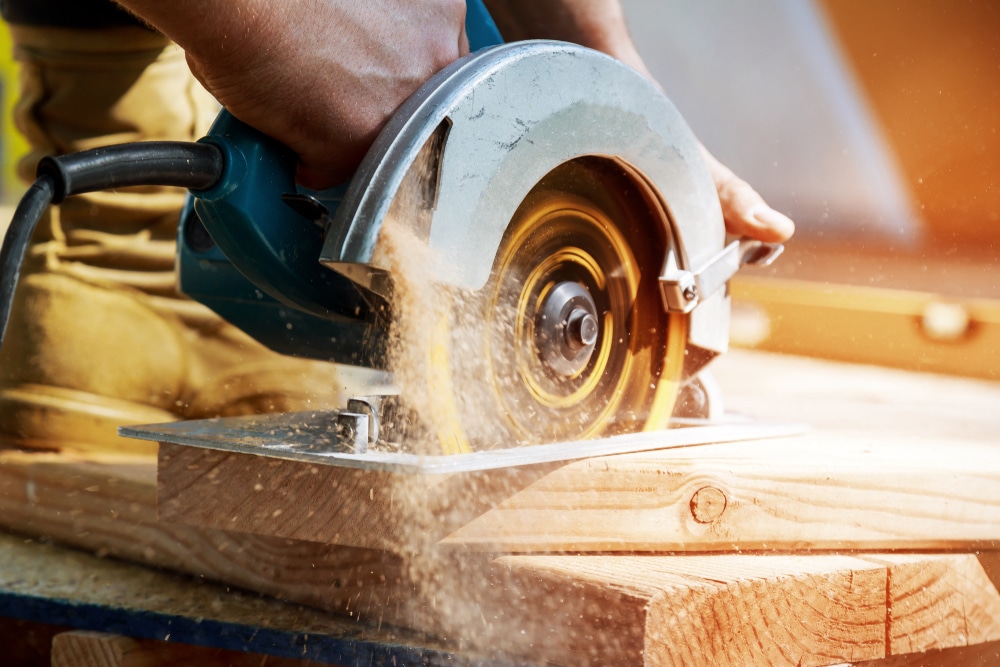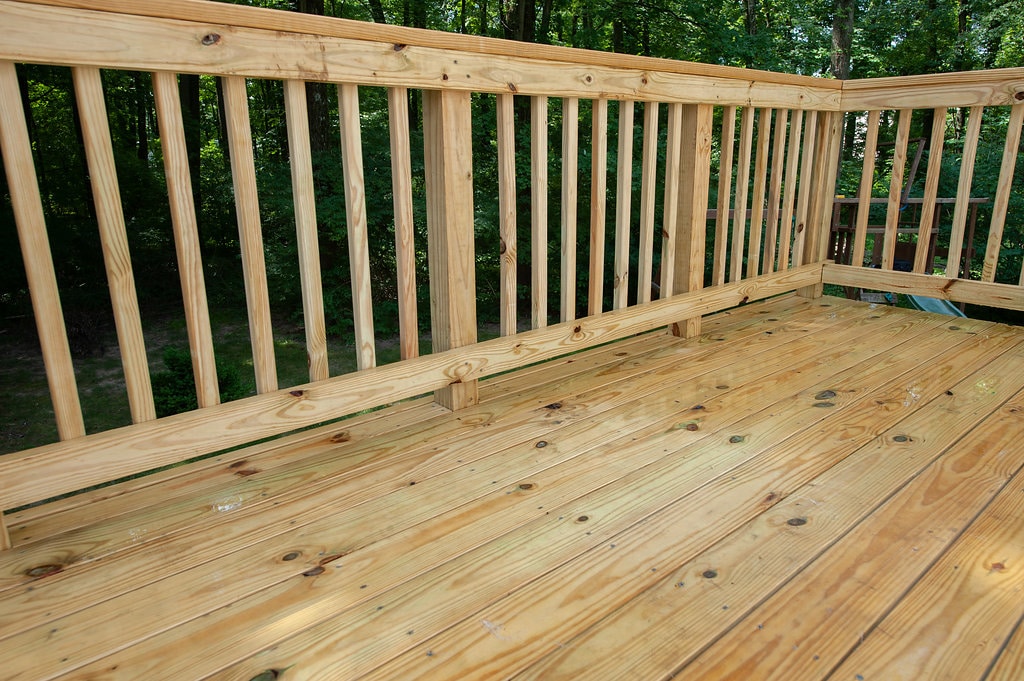Michael J. Connelly, WIR Contributor
Looks like you are ready to start your project. The blueprints are in hand, the wood is ready, and the tools are waiting. But before you begin, let’s go over a few things to make sure you work in a safe manner.
The United States Department of Labor’s Occupational Safety & Health Administration cites laceration, amputation, severed fingers and blindness as common woodworking injuries in their “Guide for Protecting Workers from Woodworking Hazards” publication. Yikes. Given the types of gory injuries listed above, let’s review some basic woodworking safety practices.
Safety Glasses
These are a must. There is no excuse for not wearing protective eyewear. Think about it like this. When the sawdust starts to kick up, and tiny little pieces of wood go flying, safety glasses help you focus on the task at hand. There is no blinking, and clear vision promises straight cuts and a better final product.
Hearing Protection
Protect your hearing and use earplugs or earmuffs. They block out loud construction sounds. They also block out sounds that could distract you while you are working.
Mask
Breathing in sawdust is no good.
Distractions
Side story—I had a friend in high school. We all called him “Nubs”. He was in shop class one day and got distracted, lost part of his thumb. Long story short – prevent distractions. Make sure your phone is not in your pocket and use common sense, don’t rush. Take your time and enjoy the process.
No Alcohol
This one should go without saying, but I’m saying it. Enjoy your well-earned beverage after you are you done. No one wants sawdust in their drink anyhow.
Clothing
Stay away from loose-fitting clothing. It can get caught or snagged on anything. It is general practice to remove all dangling jewelry before starting on a project. Necklaces, long earrings and shirts with ties are not good to wear. Long pants and long sleeve shirts will protect your body from any flying debris.
Use One Extension Cord
Try to use a single extension cord for all your tools. It forces you to use one tool at a time and keeps everything else unplugged, and you accident-free.
Use Sharp Tools
It’s obvious that sharp tools create better cuts, are safer and more efficient than dull tools. Dull tools are much more likely to kick back. Depending on the wear and tear dull tools are more likely to fail. While we’re talking about tools: Use the right tool for the right project, often improvisation leads to injury.
Table Saw Safety
After you have finished using the table saw treat the saw as if it is still running. If there is a piece of wood or something that is near the blade you need to remove, do not use your hands. Use something else to push it away from the blade before removing the object with your hands. Table saws are turned on and off with a switch, and that same switch can activate with a little bump someone’s hips.
Gloves
If you’re working with wood, you’re likely working with saws or hammers or other tools that could do a number on your fingers. Protect yourself.
Clean Up and Lock Up
This is especially important if you have little ones around. You really don’t want your power tools and other pieces of wood equipment falling into children’s hands.
(Images via Shutterstock, Wikimedia Commons, via Wikimedia Commons)






